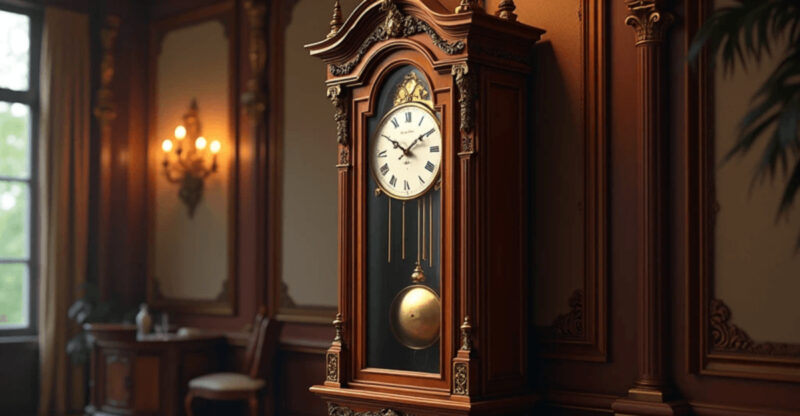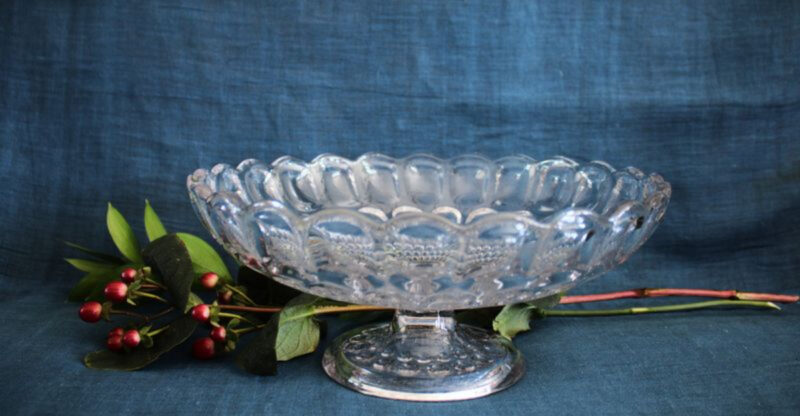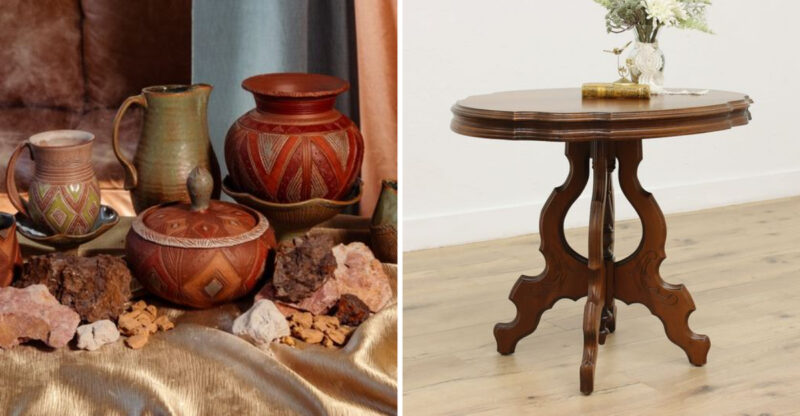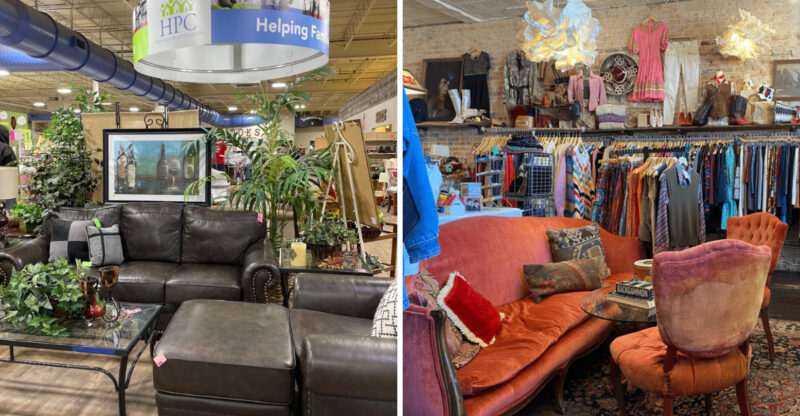Tucson Collectors Forecast These 7 Antiques To Skyrocket And 8 To Sell Immediately
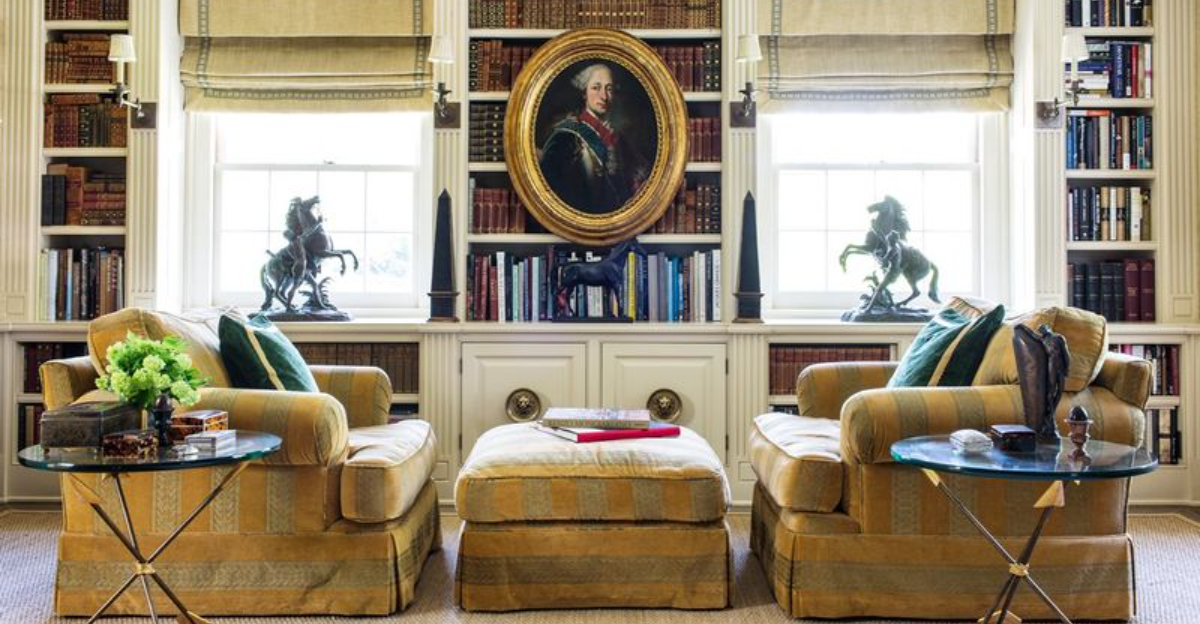
The antique market in Tucson is shifting dramatically this year. Local collectors and dealers are seeing clear patterns in what’s hot and what’s not in the desert Southwest.
Some vintage furniture pieces are becoming incredibly valuable while others are quickly losing their appeal.
Whether you’re a serious collector or just wondering what that old furniture in your garage might be worth, this insider forecast could save you money or help you cash in at the right time.
1. Rare Native Chairs
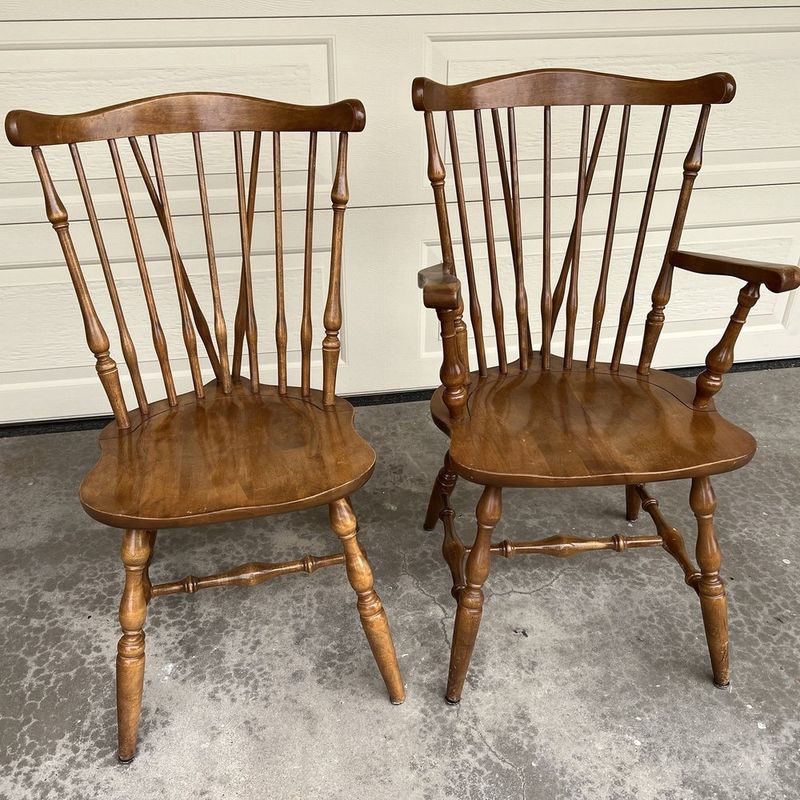
Native American crafted chairs from the early 1900s are becoming the crown jewels of Tucson collections. These handcrafted pieces often feature intricate beadwork, authentic leather bindings, and designs that tell stories of tribal heritage.
What makes these chairs particularly valuable is their increasing rarity. Many were destroyed or damaged over decades of mishandling before their historical significance was fully appreciated. The craftsmanship simply cannot be replicated with modern techniques.
Serious collectors are now paying upwards of $5,000 for authenticated pieces in good condition. If you’re lucky enough to own one, proper authentication through a specialized appraiser will maximize its value. Consider climate-controlled storage to preserve these treasures.
2. Signed Wooden Tables
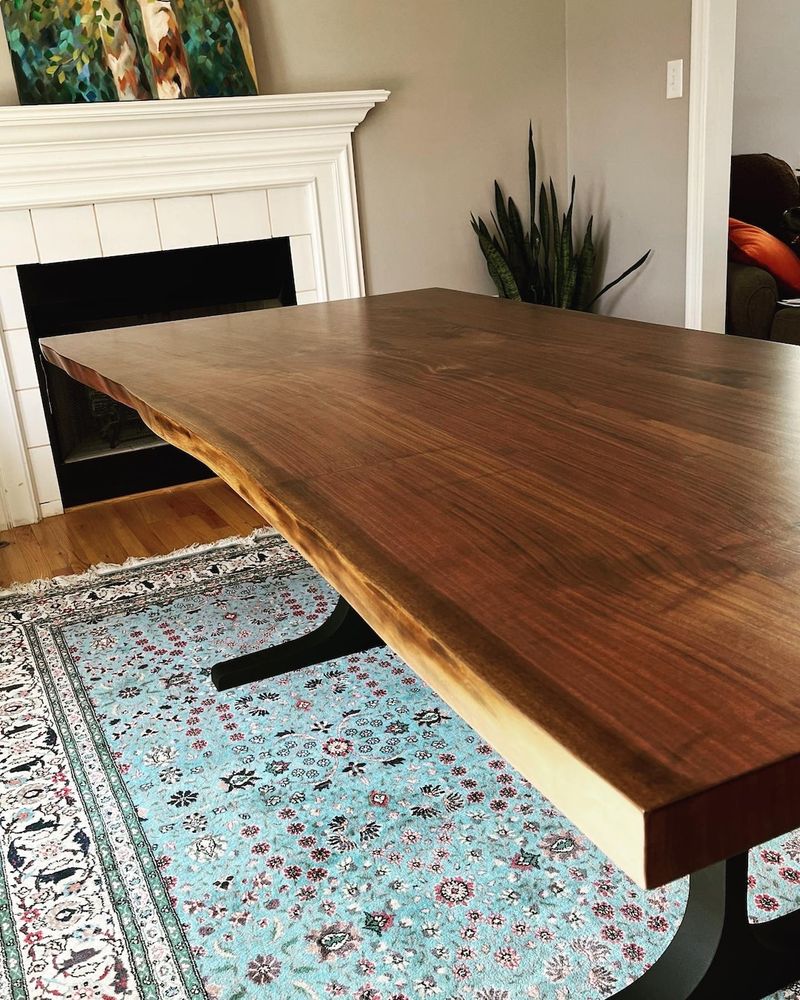
Wooden tables bearing signatures of renowned craftsmen from the Southwest region have caught collectors’ attention like never before. These pieces often feature mesquite, pine, or oak with distinctive joinery techniques that identify their makers even without the signature.
Authentic tables created by master woodworkers like George Nakashima, Sam Maloof, or regional artisans from the 1950s-1970s are particularly coveted. Their value stems from both artistic merit and historical significance in documenting the evolution of Southwestern furniture design.
Many Tucson dealers report these signed pieces selling within days of listing, often at double their asking prices from just three years ago. The market shows no signs of cooling, especially for tables with documented provenance.
3. Art Deco Cabinets
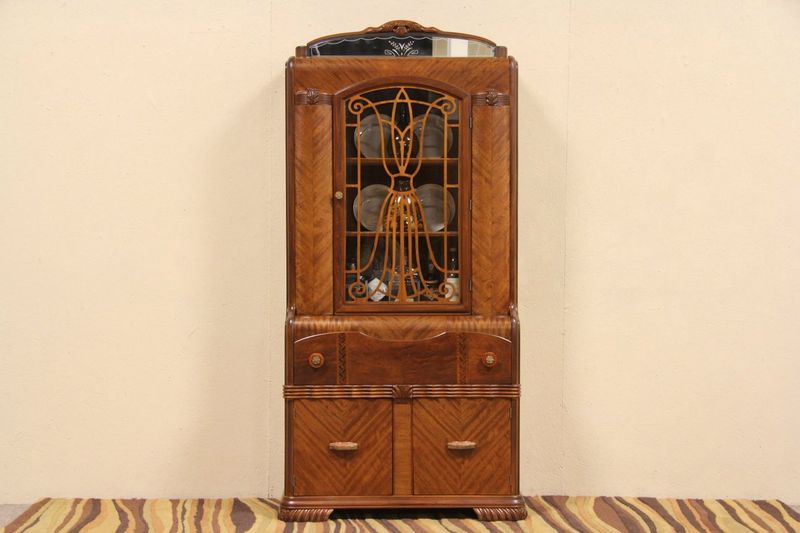
Art Deco cabinets from the 1920s and 30s are experiencing a remarkable renaissance in Tucson’s antique scene. Their bold geometric patterns, exotic wood veneers, and streamlined forms perfectly complement modern Southwestern interiors despite being nearly a century old.
Buyers are especially hunting for pieces with original hardware, unrestored finishes, and the dramatic waterfall edges characteristic of peak Deco design. The stark contrast between these urban sophisticates and traditional desert aesthetics creates a compelling visual tension that designers are eager to exploit.
Smart collectors are scouring estate sales in older Tucson neighborhoods where these treasures often remain undiscovered. Expect values to increase by 15-20% annually for the next several years as younger collectors embrace this distinctive style.
4. Mid-Century Dressers
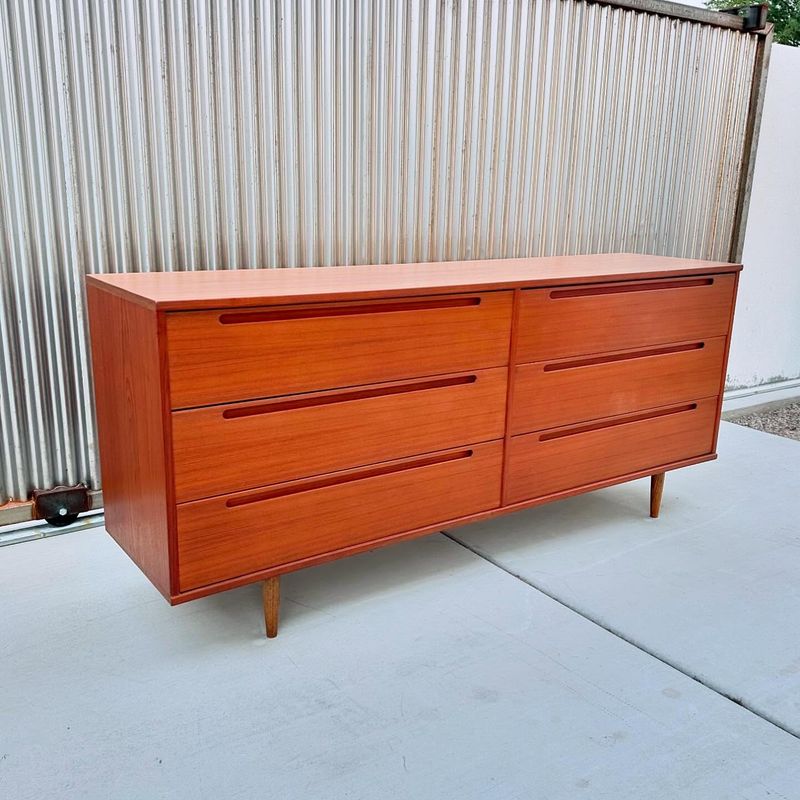
Mid-century dressers crafted between 1945-1965 have become the darlings of Tucson’s design-conscious collectors. Clean lines, tapered legs, and minimalist drawer pulls define these functional art pieces that blend seamlessly with contemporary desert homes.
Danish-inspired designs by American manufacturers like Drexel, Kent Coffey, and Broyhill command the highest prices, especially when sporting original finishes. The warm wood tones of walnut, teak, and rosewood create a natural connection to Tucson’s earth-toned aesthetic.
Savvy investors are particularly targeting pieces with sculptural elements or unusual drawer configurations. Many local dealers can’t keep these dressers in stock, reporting that well-preserved examples often sell within hours of being displayed. Even damaged pieces are worth restoring given the trajectory of this market.
5. Vintage Rocking Chairs
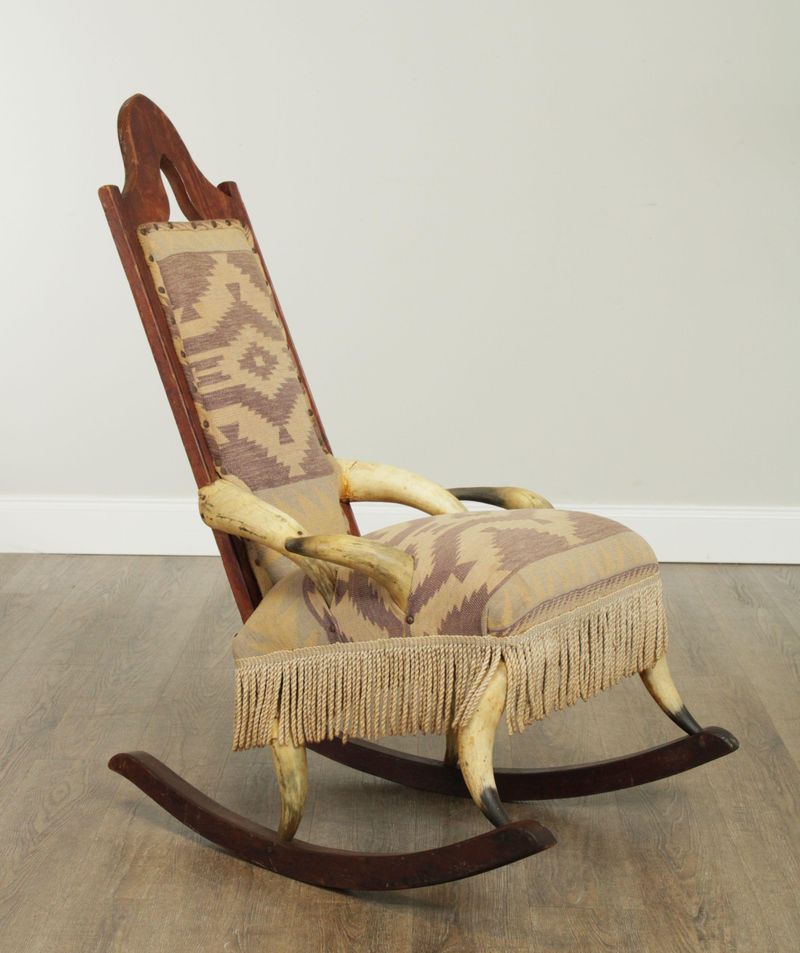
Vintage rocking chairs with Southwestern influences are rocking their way to the top of collectors’ wish lists. These comfort pieces blend function with regional character, often featuring hand-carved details, rawhide elements, or traditional Spanish Colonial styling that speaks to Arizona’s cultural heritage.
The most valuable examples come from local craftsmen who worked between 1880-1940, when materials and techniques remained true to historical traditions. Many still bear workshop marks or maker’s stamps that authenticate their origins.
Auction houses across Tucson report fierce bidding wars for these iconic pieces, with prices doubling in just 18 months. Beyond their investment potential, these rockers offer tactile connections to the region’s past that modern reproductions simply cannot match. Look for subtle signs of hand tooling to identify the most collectible examples.
6. Southwestern Benches
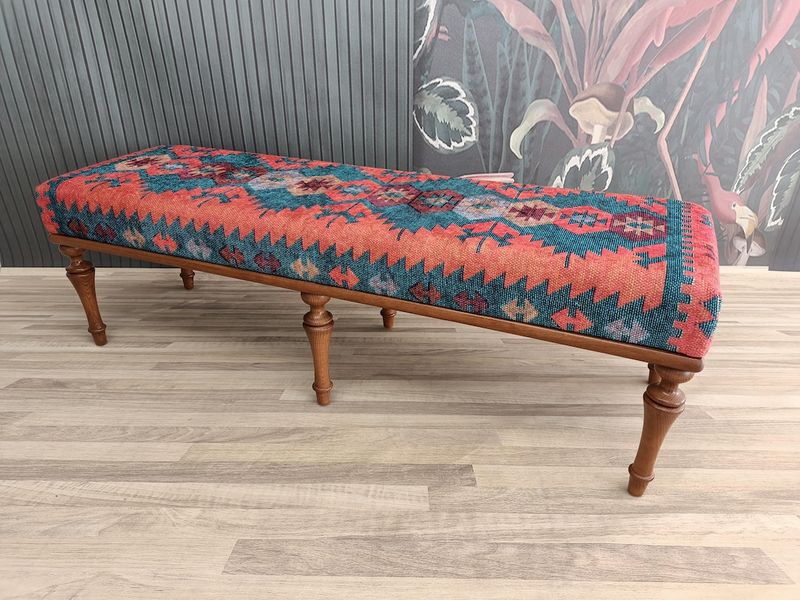
Handcrafted Southwestern benches representing the region’s distinctive aesthetic are surging in popularity among serious collectors. These functional art pieces often incorporate traditional elements like hand-hewn pine, leather accents, and decorative metal studs arranged in tribal-inspired patterns.
The most valuable examples show authentic construction techniques from the territorial period (1850-1912), when Spanish, Native American, and pioneer influences merged to create Tucson’s unique furniture heritage. Original paint or finish substantially increases value, even with expected wear patterns.
Local auction houses report these benches now regularly fetch three times their estimated values. Their appeal spans multiple design styles, making them versatile investments. If you inherit or discover one of these treasures, resist the urge to refinish or “improve” it authenticity commands the premium in today’s market.
7. Hand-Carved Stools
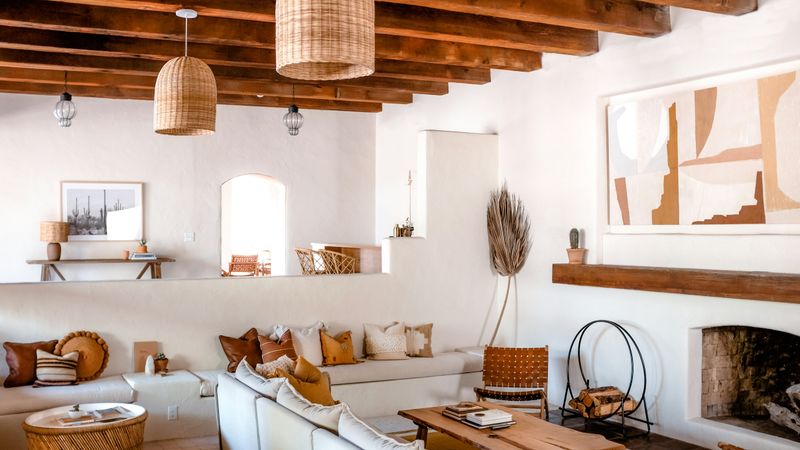
Hand-carved wooden stools with distinctive Sonoran Desert motifs represent the final category of antiques projected to increase dramatically in value. These compact treasures often feature desert wildlife, geometric tribal patterns, or Spanish Colonial religious symbols meticulously carved by skilled artisans.
The most valuable examples date from 1880-1930, when traditional carving techniques were still widely practiced but production remained limited. Stools created for ceremonial purposes or by documented artisans command the highest premiums, often appreciating 25% annually in today’s market.
Tucson dealers advise looking for signs of authentic hand tools rather than machine precision. Small imperfections actually enhance value by confirming handcrafted origins. These portable pieces of history offer new collectors an accessible entry point into serious Southwestern antiques without requiring significant space.
8. Flat-Pack Shelves (To Sell)
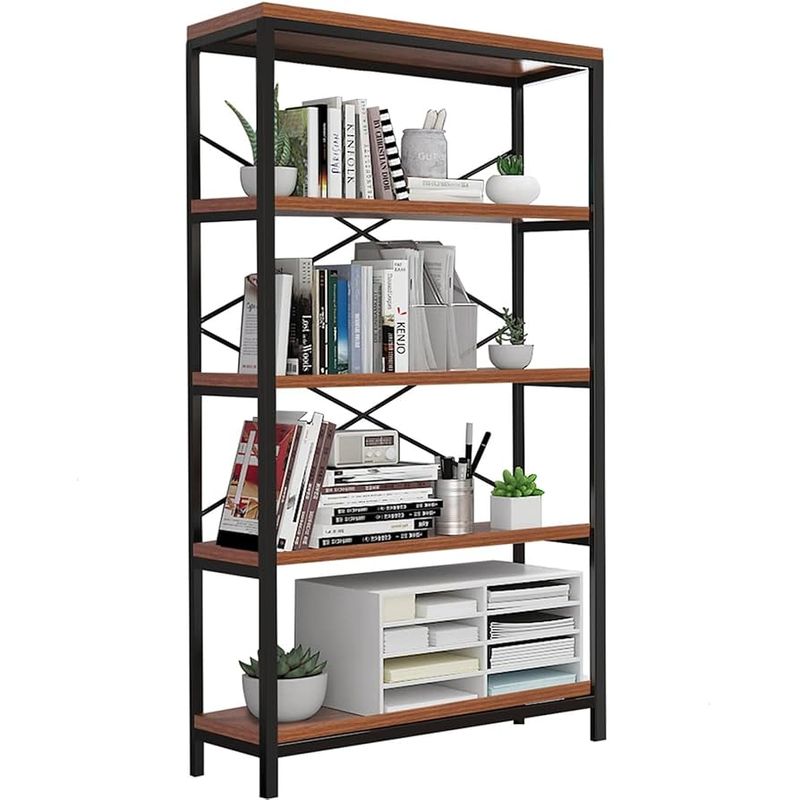
Flat-pack shelving units from the 1990s and early 2000s have plummeted in value across Tucson’s antique market. These mass-produced pieces, once considered practical furniture solutions, now represent the opposite of what today’s collectors seek.
Assembly-required shelving made from particle board and veneers simply doesn’t stand the test of time. Most units show visible wear at connection points, with veneers peeling and surfaces unable to withstand Tucson’s climate fluctuations. Even well-maintained examples sell for pennies on the dollar.
If you’re holding onto these pieces hoping they’ll appreciate, local dealers unanimously recommend selling now before values decline further. Modern buyers prefer either authentic antiques with character or new furniture with warranties. These in-between pieces satisfy neither market, making them increasingly difficult to rehome even at bargain prices.
9. Laminate TV Stands (To Sell)
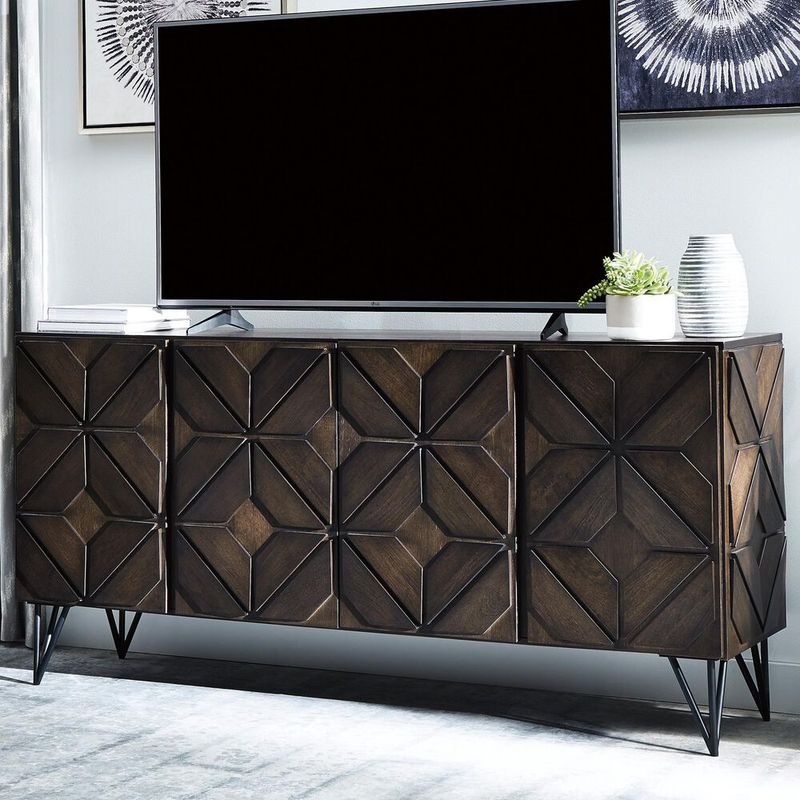
Laminate television stands from the early flat-screen era have become virtually worthless in Tucson’s secondhand market. These functional pieces, typically dating from 2000-2010, were designed for now-obsolete technology dimensions and cable management systems.
The dated aesthetics usually featuring black or dark brown laminate with glass doors clash with contemporary Southwestern design preferences. Most show telltale heat damage from electronics and delamination at the edges that makes restoration impractical.
Local consignment shops increasingly refuse these pieces outright, citing months-long waits to sell even at rock-bottom prices. If you own one, dealers recommend donating it immediately for a tax write-off rather than waiting for a market that will likely never improve. The space these bulky items occupy in your home is literally more valuable than the furniture itself.
10. Overstuffed Recliners (To Sell)
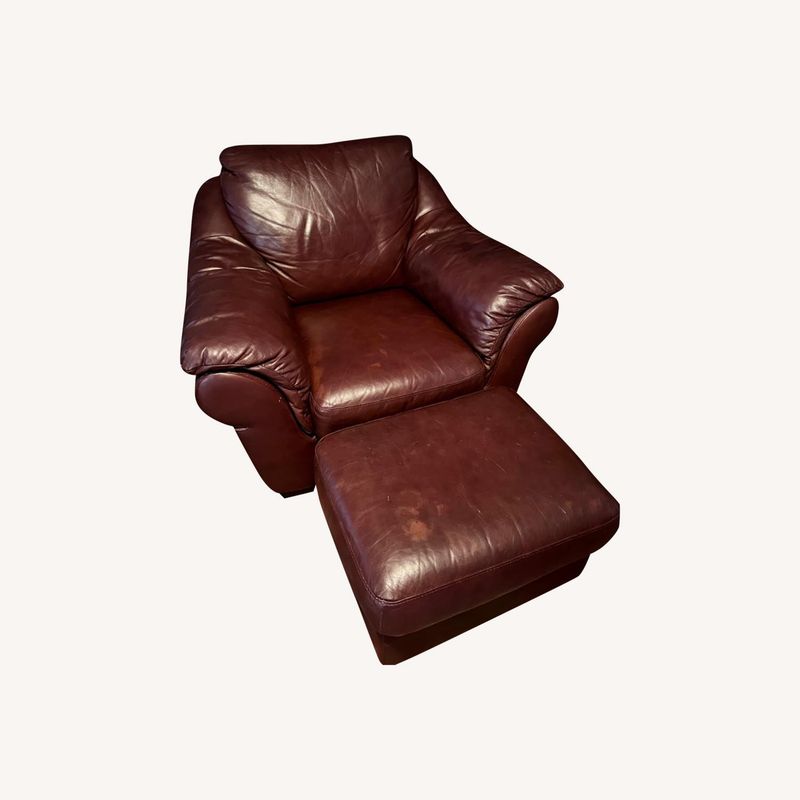
Overstuffed recliners from the 1980s and 90s have become the white elephants of Tucson’s furniture market. These bulky comfort pieces, once staples in Southwestern homes, now represent outdated aesthetics that younger buyers actively avoid.
The typical floral patterns, heavy fabrics, and oversized proportions clash dramatically with today’s more streamlined desert modern look. Even pieces from recognized manufacturers like La-Z-Boy face steep depreciation, often selling for less than 5% of their original price when they sell at all.
Tucson dealers report these recliners frequently remain unsold even at estate sales where everything else moves quickly. If you’re holding onto one for sentimental reasons, that’s understandable – but as an investment, experts advise cutting losses immediately. The longer you wait, the more difficult these pieces become to sell at any price.
11. Faux Leather Sofas (To Sell)
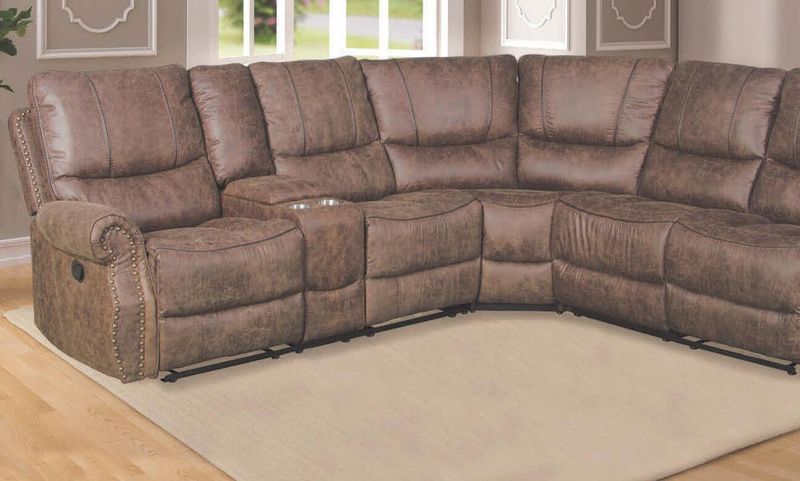
Faux leather sofas have experienced a catastrophic collapse in Tucson’s resale market. These synthetic pieces, particularly those manufactured between 1995-2010, simply can’t withstand Arizona’s harsh climate conditions.
The extreme temperature fluctuations cause the material to crack, peel, and deteriorate in ways that genuine leather rarely does. Even well-maintained examples typically show significant degradation along seams and high-contact areas. The chemical breakdown often produces unpleasant odors that further diminish appeal.
Local dealers report these sofas frequently sell for less than the cost of transportation, with many ending up in landfills despite being structurally sound. If you own one that’s beginning to show wear, selling immediately is your best strategy. Each passing month in Tucson’s climate decreases value substantially, making these pieces among the fastest-depreciating furniture items in the region.
12. Pressed Wood Desks (To Sell)
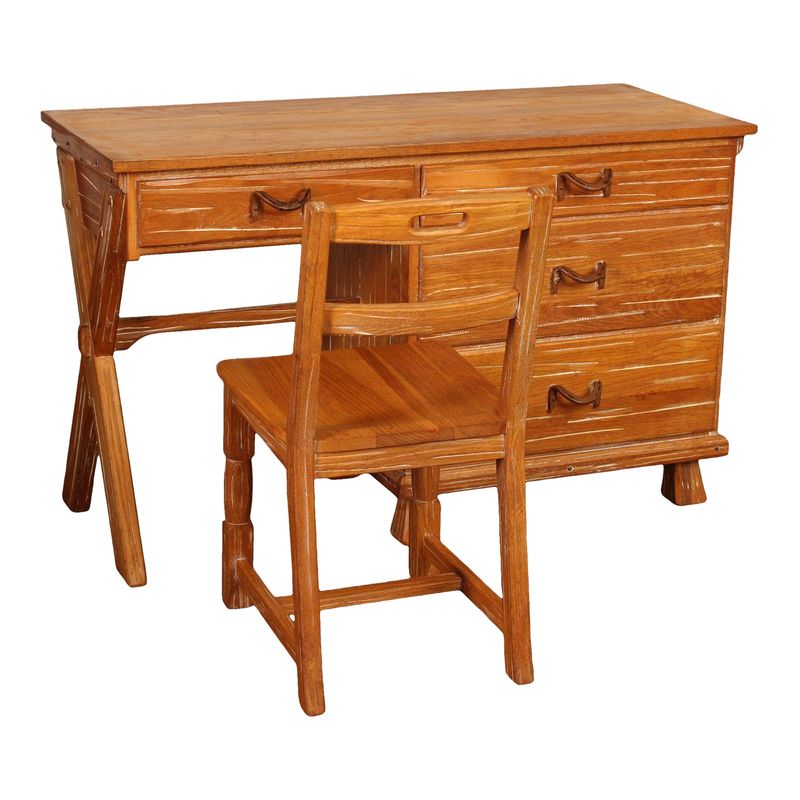
Pressed wood desks manufactured during the office boom of the 1980s-2000s have become essentially valueless in Tucson’s antique market. These mass-produced workstations, typically assembled with cam locks and dowels, simply weren’t built for longevity or disassembly.
Most examples show significant water damage, particularly along the bottom edges where cleaning moisture has caused irreversible swelling. The melamine surfaces typically exhibit wear patterns that cannot be refinished, unlike solid wood alternatives that improve with age.
Tucson’s humidity fluctuations wreak particular havoc on these pieces, causing structural weakening that becomes apparent when attempting to move them. Dealers unanimously recommend selling immediately if you own one, as values continue to decline annually. Even free listings often go unclaimed, making prompt disposal the wisest financial decision before these pieces become liabilities rather than assets.
13. Glass Coffee Tables (To Sell)
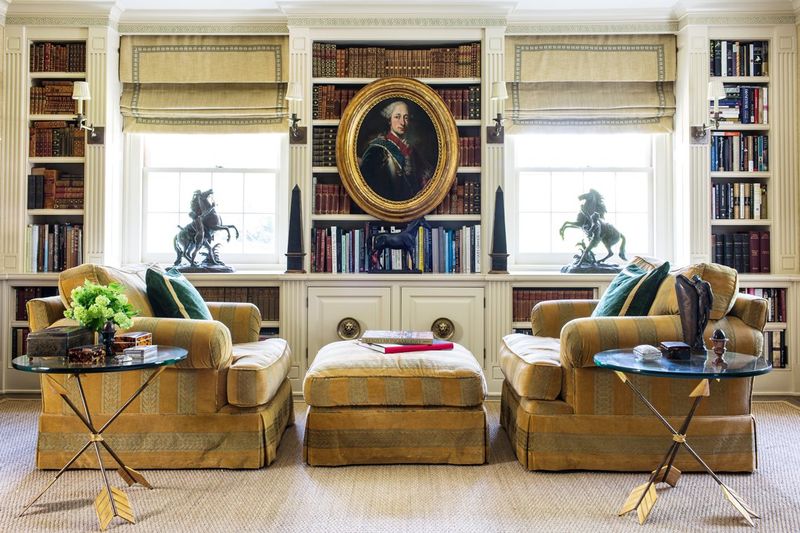
Glass-topped coffee tables from the 1980s and 90s have fallen dramatically out of favor with Tucson collectors and decorators. Once considered sophisticated centerpieces, these heavy pieces with brass, chrome, or black metal frames now appear dated and impractical in desert homes.
The safety concerns associated with glass surfaces have significantly impacted resale value, particularly in family-oriented communities. Most examples show characteristic scratching and edge wear that cannot be economically repaired. The metal frames often exhibit pitting or finish degradation from Tucson’s mineral-rich water.
Local consignment stores report these tables frequently remain unsold for months even at drastically reduced prices. If you’re holding onto one hoping for a style comeback, dealers recommend selling now rather than waiting. The trend toward organic materials and softer edges in Southwestern design shows no signs of reversing.
14. Plastic Storage Units (To Sell)
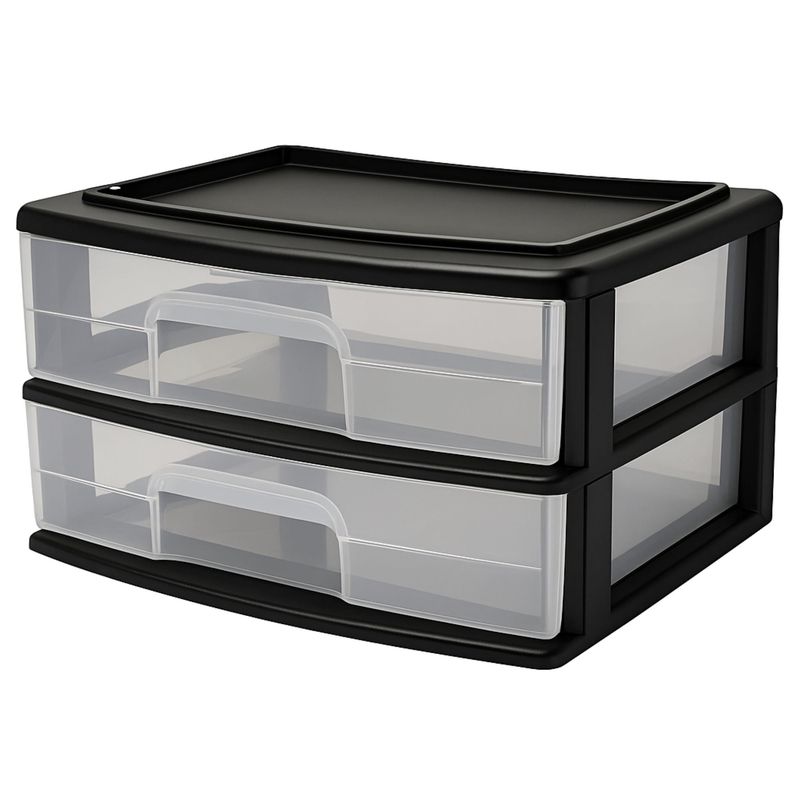
Plastic storage units and organizational systems have virtually no resale value in Tucson’s secondhand market. These utilitarian pieces, regardless of brand name or original cost, deteriorate rapidly in the intense desert sun and heat.
Most units show significant yellowing, brittleness, and warping after just a few years in Arizona homes. The drawer mechanisms typically fail as the plastic contracts and expands through seasonal temperature changes. Even indoor examples often exhibit stress fractures at connection points.
Tucson recycling centers report these items among the most commonly discarded household goods. If you’re considering selling plastic storage furniture, local experts recommend pricing it at no more than 10% of retail – and being prepared for minimal interest even at that level. The environmental concerns surrounding plastic have further diminished appeal among eco-conscious Tucson buyers.
15. Laminate Bookcases (To Sell)
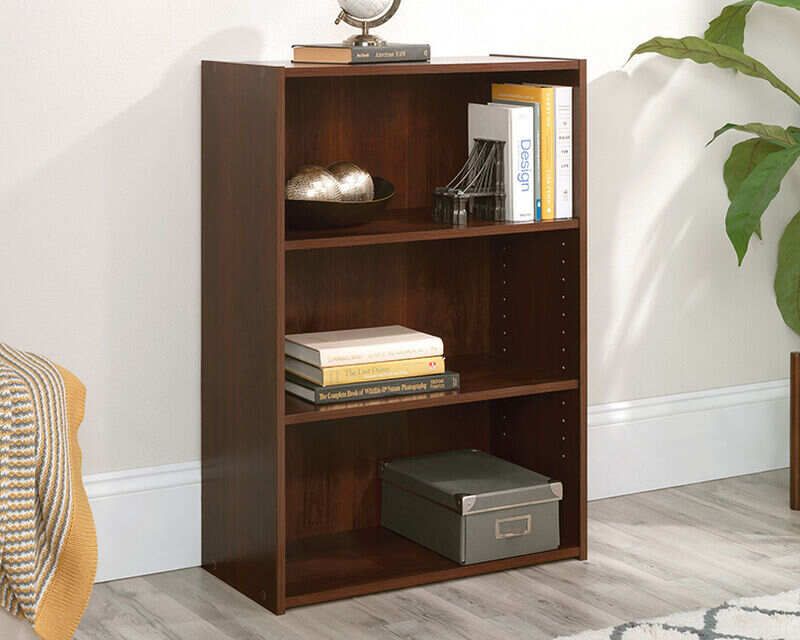
Mass-produced laminate bookcases represent the final category of furniture Tucson dealers recommend selling immediately. These ubiquitous storage pieces, typically in black, white, or faux wood grain, have flooded the market to the point of worthlessness.
The standardized designs offer nothing unique to collectors, while the materials fail to withstand Tucson’s dramatic humidity fluctuations. Most examples show characteristic swelling at the base where cleaning moisture has penetrated the particleboard core. The thin laminate edges frequently separate, creating unrepairable aesthetic issues.
Local thrift stores increasingly refuse these donations, citing lack of floor space for items that may never sell. If you own laminate bookcases in good condition, selling now at any price beats the alternative watching them deteriorate to the point where disposal becomes your only option. The market for these pieces will likely never recover.



